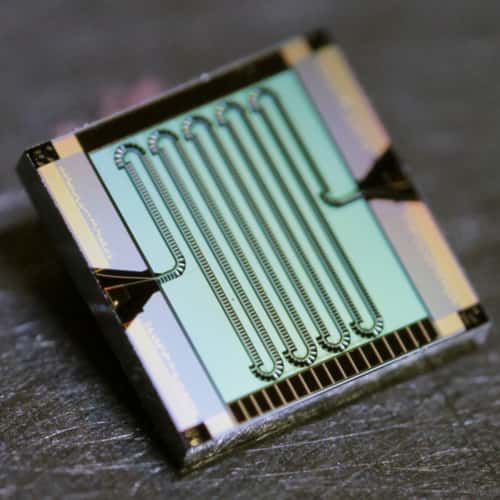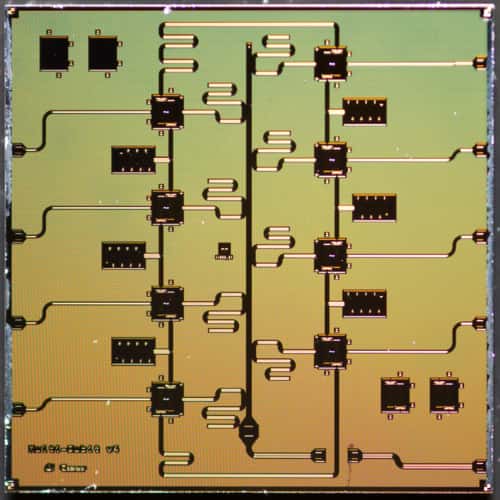Research Overview
Quantum metamaterials

Engineering light-matter interactions at the quantum mechanical level enables new types of linear and nonlinear behavior not possible with natural materials which can be used for device applications such as single microwave photon detection, quantum limited amplification, and non-reciprocal devices. We use the concepts of metamaterials [1-4] and circuit quantum electrodynamics (cQED) to advance microwave quantum optics for computing applications. Superconducting metamaterials, made by for example by embedding Josephson junctions in a transmission line [1,3], are naturally well-suited to applications requiring large bandwidth and high dynamic range due to their lack of a bandwidth restricting cavity and ability to utilize weakly nonlinear elements.
